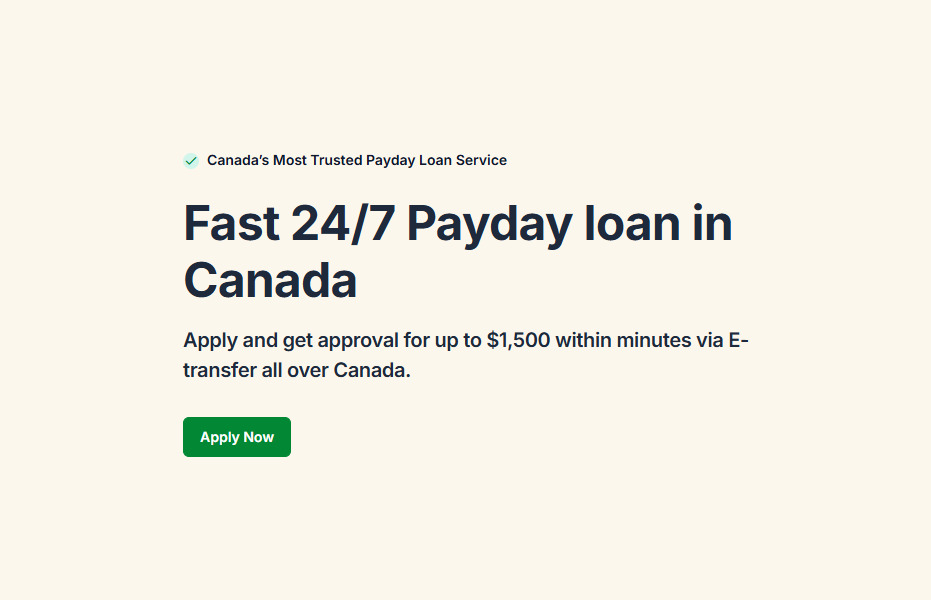
The Pros and Cons of Debt Consolidation
May 9, 2025 by Finquest FinancialFor Canadians juggling multiple loans or credit card balances, debt consolidation may seem like an appealing solution. But like any financial tool, it comes with both benefits and drawbacks. Here’s a breakdown to help you decide if it’s right for you.
What Is Debt Consolidation?
Debt consolidation involves combining multiple debts into a single loan, usually with a lower interest rate or a more manageable repayment plan. It simplifies finances by reducing multiple due dates into one monthly payment.
Pros of Debt Consolidation
- Simplified Payments: Managing one loan is easier than keeping track of many.
- Potentially Lower Interest: If your credit score is good, you may qualify for lower rates.
- Faster Payoff: By consolidating into a structured plan, you can pay debt faster than with minimum payments.
- Improved Credit: Making consistent on‑time payments can gradually raise your credit score.
Cons of Debt Consolidation
- Not for Everyone: If your credit score is poor, you may not qualify for favourable terms.
- Fees: Some consolidation loans include setup fees or balance transfer charges.
- Risk of Relapse: Consolidation doesn’t address spending habits. Without discipline, debt may return.
- Collateral Risk: If you use home equity, you risk losing your home if payments aren’t made.
Alternatives to Debt Consolidation
Other options include credit counselling, negotiating directly with creditors, or repayment strategies like the debt snowball or avalanche method. Regularly checking your credit with Equifax, TransUnion, or Credit Karma can help you track progress.
When Debt Feels Overwhelming
If consolidation isn’t possible or you need urgent relief, Finquest Financial offers payday loans up to $1,500 with secure e‑transfer funding. Short‑term borrowing can provide breathing room while you work toward long‑term solutions.
Apply NowContinue Reading
🔗 Previous Post: How to Cut Subscription Costs in Canada | Save Monthly
🔗 Next Post: Affordable Meal Planning for Families | Save on Groceries